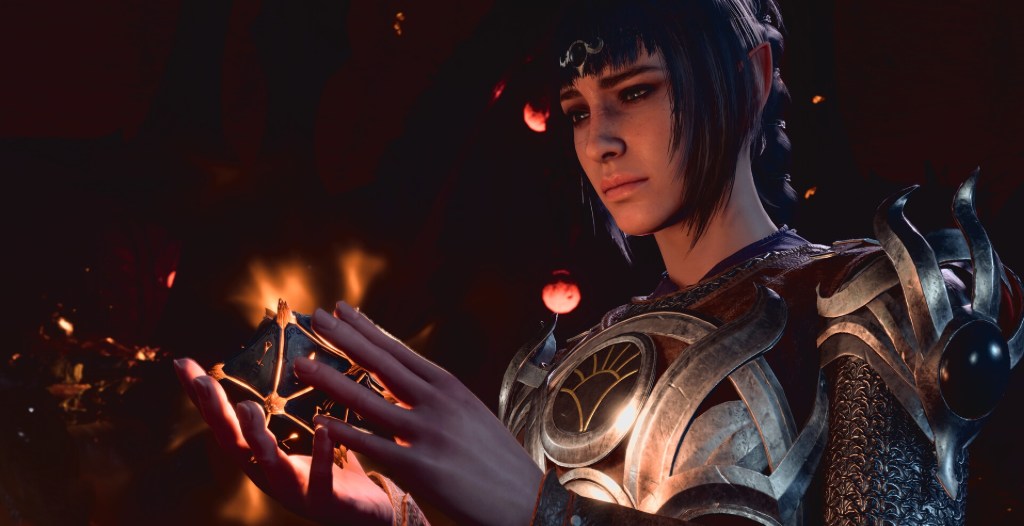Artist, architect, and computer addict—Muti Randolph of Rio de Janeiro—erases and redraws the lines between various fields to create graphic and sculptural designs for sets, nightclubs, and runways. A mixer of graphics, illustrations, sculpture, light, and music, his larger than life elaborate sets encompass the magnificence of light and elements of geometry. At Coachella 2011, Randolph presented a seamless visual installation Mirage that led concertgoers to experience music, not only with sound but also with sight. The worlds Randolph dreams up are “total immersion experiences.”
The Creators Project: Do you consider yourself an artist, an architect, or a designer? Do you see any difference between these things?
Videos by VICE
Muti Randolph: I think that my work is within all of these disciplines, encompassing a little bit of everything. I think this is nice; it’s part of what I believe, erasing the limits and transforming things.
How did you start creating? Did you study anything in particular?
I started a while ago. Actually, when I was a little kid I was sure that I was going to be a doctor.
Really?
I was crazy about biology. The first reference I had in biology was medicine. Later I felt revolted by mankind and gave up studying medicine–so I decided to study biology. I thought it was noble. It was something I was really crazy about. But I’ve always drawn as well and I’ve always been crazy about videogames. After I had already exhibited my works and so on, I ended up getting into college to study visual communication at Pontifícia Universidade Católica (PUC) on a scholarship. My education was in graphic design, with some industrial design as well.
How early did technology begin playing a role in your work?
When I started studying at PUC, I already had a Macintosh. It was a major revolution. Then when Photoshop was launched, I wanted to master it. It was wonderful. I would use 3D software as well. Sometime after that I did the cover for Planet Hemp’s second album, and several elements from the cover were included in the show. It was my first real project in terms of set design.
And you’ve evolved to designing amazing things like the Galeria Melissa in São Paulo, which I’ve heard has become quite the tourist attraction. People go to São Paulo just to see the building’s façade. Tell us a little bit about this project.
It was the first store I designed, and it’s also an architecture project. I had already worked with Melissa doing their spaces at São Paulo Fashion Week and other stuff. But in commercial terms my work on the Galeria Melissa is absurd. That’s why it became a tourist attraction, because this space is a screen. It’s a space to create, to change. In spite of being designed for that purpose the store sells like hell.
What’s next for you?
I think it will soon be possible to make things that I always wanted to do but couldn’t because of technological restraints. I really like projection projects because it’s possible to project on wavy surfaces; this is almost my main thing. I work with physical distortions. I work with simple images that are physically forced to change by the space. Then it’s a mixture of sculpture and light, with the light structure and with music. In my architecture projects, which are projects of my own design, the graphic and illustration elements are really important as elements of a tridimensional project. Take my work with Melissa, for instance. It has a 3D support for graphics. You end up forming the third dimension as well. I’m mixing the elements.
More
From VICE
-

Screenshot: Hyperfocus Games -

Collage by VICE -

Screenshot: Larian Studios -

Screenshot: Shaun Cichacki/Waypoint